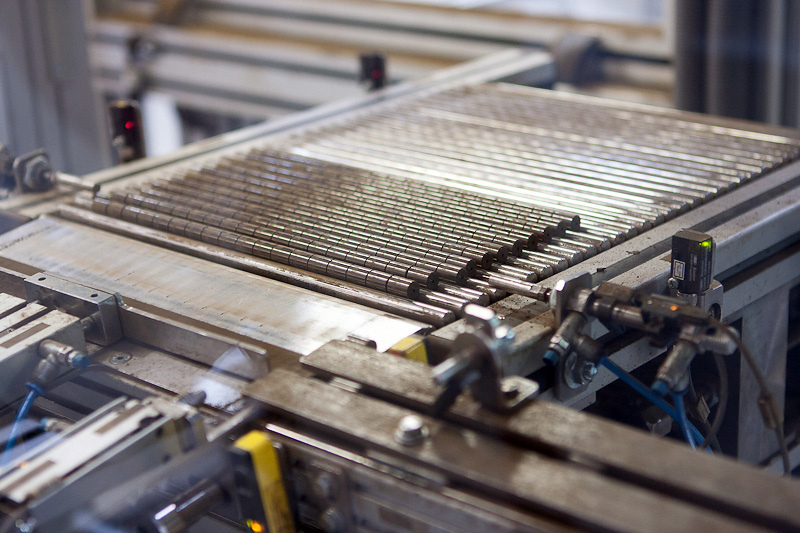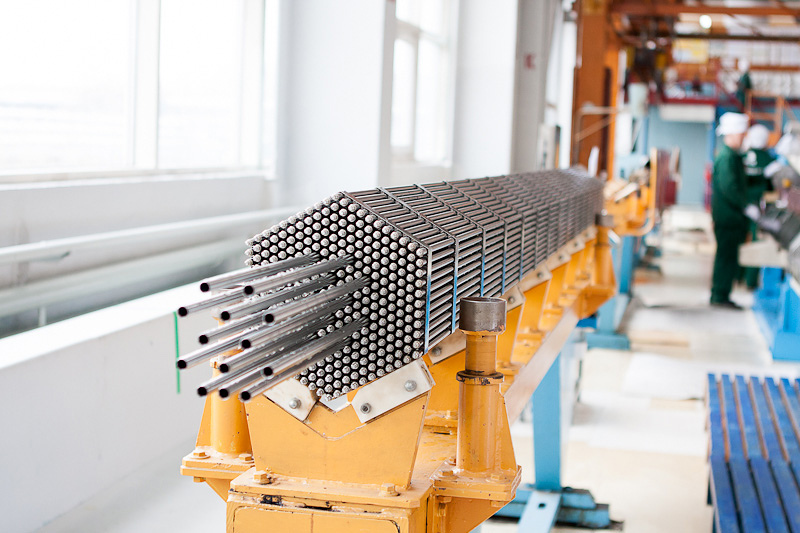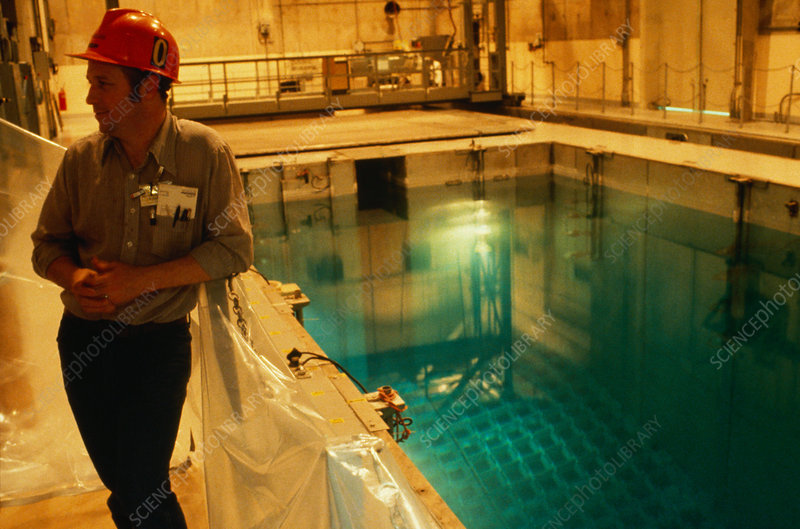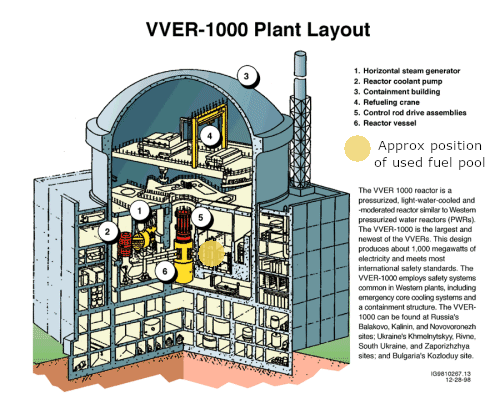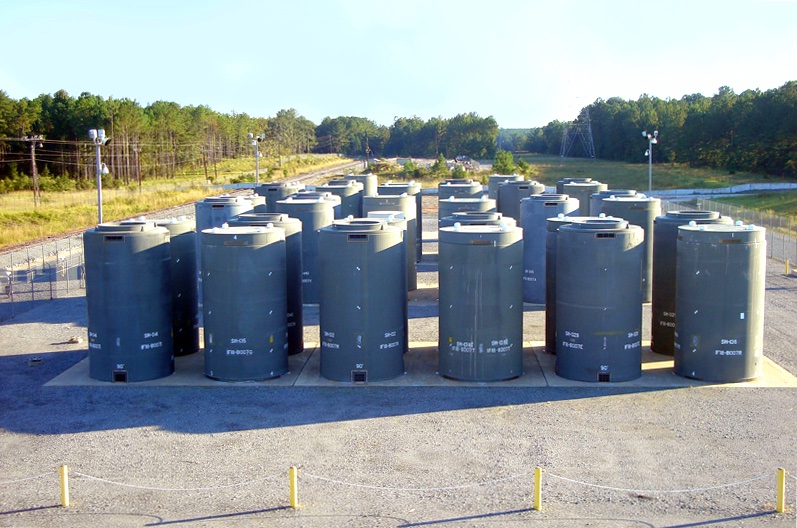Thread
I have woken up to reports of fighting at the #Zaporizhzhia nuclear power plant. In this thread I will summarise what I understand about the situation.
First, a quick rundown of the most important safety aspects of a nuclear power plant's design:
Nuclear power plants are highly robust by design. The reactor is housed in a reinforced concrete building with a structure inside called a containment.
The containment is airtight and designed to keep nuclear material inside, hence the name. It is also designed to protect the reactor from outside impacts. It is obviously not designed to withstand direct attack, but it is very, very strong indeed.
Nuclear reactors produce heat even after they have been shut down. The reactor needs a constant flow of water to take this heat away and stop it from building up too much.
The coolant system needs the following to work:
i) Access to an 'ultimate heat sink'. At Zaporizhzhia this is the Dnieper river.
i) Access to an 'ultimate heat sink'. At Zaporizhzhia this is the Dnieper river.
ii) It needs the pumps and circuits inside to remain intact. They are within the very strong reactor building. At Zaporizhzhia they were all in working order earlier today.
iii) It needs a source of power for the circulation pumps. This can come from the grid, or diesel generators on-site. Sometimes managers can direct power from other operating reactors on the site. At Zaporizhzhia the grid functioning, according to my sources.
If all these should all these fail and cooling water not circulate, the reactors at Zaporizhzhia are still designed to manage and control heat and pressure for several hours at least. And to keep nuclear material inside the containment.
Rumours going around that an accident at #Zaporizhzhia would be '10x worse than Chernobyl' are absolutely irresponsible rubbish for two very important reasons:
Chernobyl was a stupid design with no containment. That is how the most serious radioactive material was thrown out. Reactors at Fukushima overheated, but only gases much milder in radioactivity escaped because their containments WORKED. #Zaporizhzhia reactors have containments.
We must be very clear that this is an unusual and frightening situation at #Zaporizhzhia, but there is NOT a nuclear accident in progress and there is no basis to predict an accident either. The main risk right now is to staff working there.
It is the middle of the night and there is little info to work with. We know that armoured vehicles/tanks advanced towards #Zaporizhzhia. Now there are reports of fighting. We do not know how close to the reactors. We cannot assume Russian forces' intentions. We can only monitor.
RADIATION MONITORING AT #ZAPORIZHZHIA
This site provides real time data from radiation monitors at the power plant and surrounding area. Bookmark it, share it, and refer to it instead of rumours.
www.npp.zp.ua/en/safety/arms
This site provides real time data from radiation monitors at the power plant and surrounding area. Bookmark it, share it, and refer to it instead of rumours.
www.npp.zp.ua/en/safety/arms
Some firm information. Fighting at #Zaporizhzhia has not affected nuclear safety.
The IAEA is in continuous contact with the Ukrainian safety authorities and has an expert team working round the clock to support them.
The IAEA is in continuous contact with the Ukrainian safety authorities and has an expert team working round the clock to support them.
My thoughts with the dedicated professionals of #Zaporizhzhia, who were producing vital power to keep their country on its feet and have come under an absolutely despicable attack. I can't type in the rest of what I'm thinking.
#Zaparizhzhya nuclear power plant is now under the control of Russian forces, who hold the entrance and the main administration building, according to the plant owner, Energoatom. They did not say if the reactors are operating or shut down. Radiation all normal.
Oh my God. "Unfortunately, there have been fatalities and injuries" at #Zaporizhzhia said plant owner Energoatom. My translation wasn't clear whether the victims was guards or regular plant workers. It is totally unaccaptable to use force at a peaceful nuclear facility!
The attack on #Zaporizhzhia nuclear power plant is a violation of a UN resolution passed in 1990 on Prohibition of Attacks on Nuclear Facilities. Part of it specifies that the Security Council "would have to act immediately".
documents-dds-ny.un.org/doc/RESOLUTION/GEN/N90/370/69/IMG/N9037069.pdf?OpenElement
documents-dds-ny.un.org/doc/RESOLUTION/GEN/N90/370/69/IMG/N9037069.pdf?OpenElement
Ukrainian President Volodymyr Zelenskyy held a phone call with UK Prime Minister Boris Johnson while the attack on #Zaporizhzhia nuclear power plant was ongoing. Johnson promised to take this to the UN Security Council within hours.
www.gov.uk/government/news/pm-call-with-president-zelenskyy-of-ukraine-4-march-2022
www.gov.uk/government/news/pm-call-with-president-zelenskyy-of-ukraine-4-march-2022
There are questions floating around about used fuel, and whether a 'stray missile' could cause a release of radiation at #Zaporizhzhia. Let's have a look at that: What is used fuel, how is it stored? I think you will be able to see for yourself how realistic those ideas are.
'Used fuel' or 'spent fuel' refers to what is commonly known as the fuel rods. These contain lots of small uranium oxide pellets in alloy tubes that together make a fuel assembly. They are called 'fresh' before they go in the reactor and 'used' afterwards.
Used fuel is the most serious nuclear material of all because it is highly radioactive and produces heat. People are absolutely justified in wanting assurance it is safely stored. It usually stays in pools within containment, where water blocks the radiation.
On this diagram I marked the approximate location of the used fuel pools at #Zaporizhzhia: Deep in the building, within containment, protected by metres of concrete plus metres of water. They are not vulnerable except by deliberate destruction, something that is not happening.
Used fuel can also be stored in steel and concrete containers like these. Rightly, they are incredibly robust. Can a missile damage them? Not easily, although I suppose it is not impossible if someone was determined enough, but...
... in both these storage scenarios remember that used fuel is solid metal and ceramic from the get-go. It is not flammable or soluble in water. That hypothetical 'IF a missile hits it' lacks a way for this stuff to vaporize, which has never happened before.
Continuing:



